Ember Non-Stim is a two-capsule fat burner that brings tons of heat thanks to CaloriBurn, MitoBurn, and dihydrocapsiate, but no caffeine or other stimulants!
Chris Waldrum and his team are back from Inspired Nutraceuticals, touching down from outer space with a new stimulant-free fat burner that comes in just two capsules per serving.
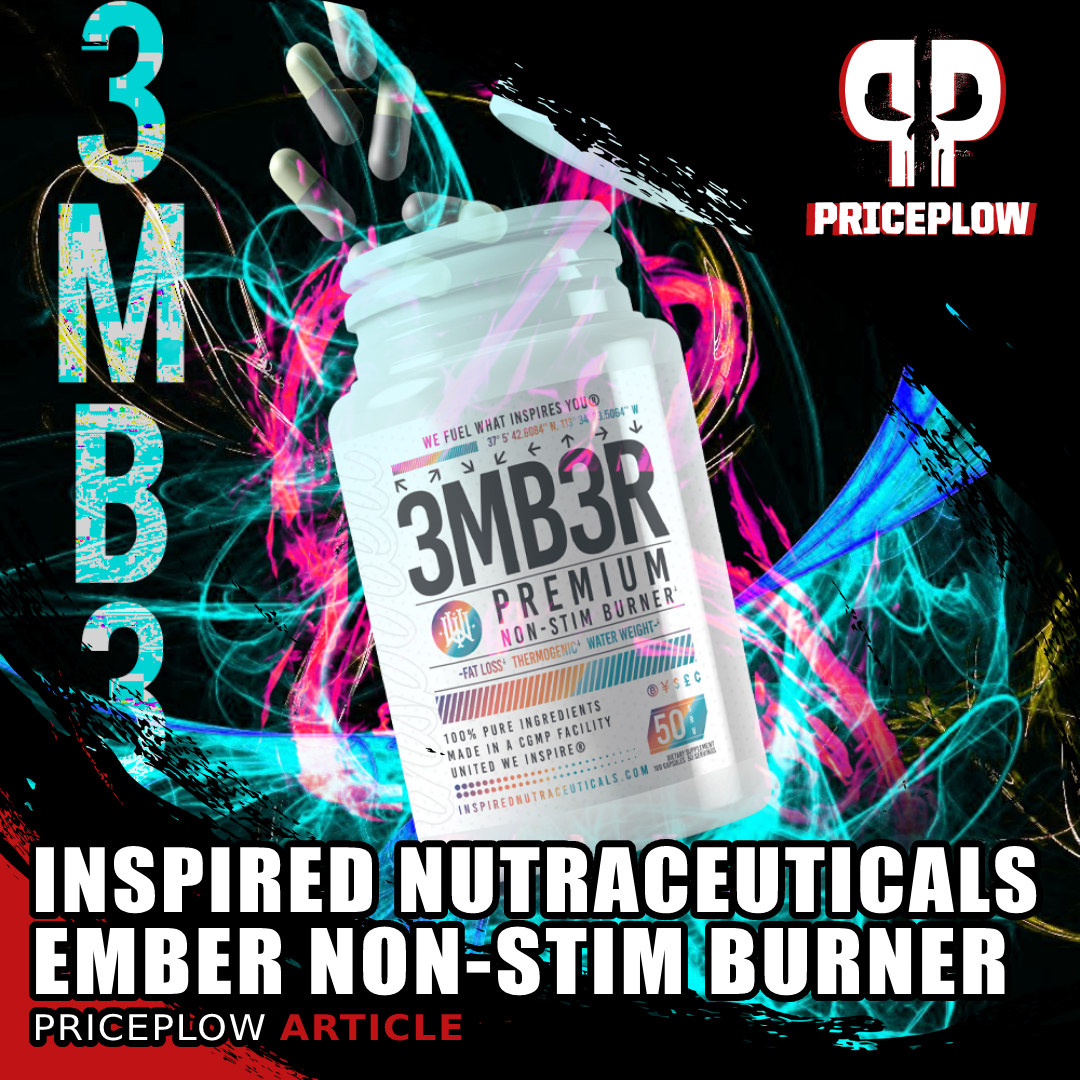
Also written as 3M3ER Non-Stim, Inspired Nutraceuticals Ember Non-Stim brings the potent MitoBurn/CaloriBurn combo, and boosts thyroid help with added iodine from kelp!
United We Inspire: The Ember Non-Stim fat burner is here
It's called Ember Non-Stim, and it includes the potent combination of MitoBurn L-BAIBA and CaloriBurn grains of paradise extract from NNB Nutrition, bolstered by much-needed iodine and even more thermogenic spice added atop of it.
At just two capsules per serving, this is a simple-yet-complex synergistic supplement, and it can be stacked with other Inspired Nutraceutical favorites like the original Ember fat burner (stim-based), DVST8 Global pre-workout, and/or FSU stim-free pre-workout.
Below, we cover how you can light some thermogenic embers without the use of stimulants, while amplifying the sweat effect with a small dose of GBB. First, check prices on PricePlow and see our Inspired Nutraceuticals price alerts:
Inspired Nutraceuticals EMBER Premium Non-Stim Burner – Deals and Price Drop Alerts
Get Price Alerts
No spam, no scams.
Disclosure: PricePlow relies on pricing from stores with which we have a business relationship. We work hard to keep pricing current, but you may find a better offer.
Posts are sponsored in part by the retailers and/or brands listed on this page.
This area is reserved for Team PricePlow's upcoming Ingredients video.
Subscribe to our channel and sign up for notifications so you catch it when it goes live!
Ember Non-Stim Ingredients
In just two capsules of Ember Non-Stim, you get the following active ingredients:
-
MitoBurn (L-β-aminoisobutyric Acid) - 250mg
The MitoBurn / CaloriBurn stack is synergistic as explained in this article, and we love seeing added iodine - an essential mineral we're becoming deficient in
Inspired Nutraceuticals starts out with a novel ingredient that's taken the weight loss market by storm these past couple of years: NNB Nutrition's MitoBurn L-BAIBA. This is a non-protein amino acid that's known as a myokine, or muscle messenger - and it helps the body pronounce the effects of exercise.
When we exercise, L-BAIBA is metabolized from the branched-chain amino acid valine.[1] L-BAIBA, also known as L-β-aminoisobutyric Acid on the label, functions as a cellular signal to indicate that exercise is underway.[2] It notifies its recipients to begin various "biological programs" related to exercise, such as improved fat oxidation and bone preservation.
When researchers discovered this mechanism, they of course wondered what would happen if we supplemented more of it -- and it turns out that it boosted the exercise signal in animals, contributing towards a "browning" of adipose tissue into more metabolically active, mitochondrial dense brown fat cells.[3]
BAIBA has since shown a plethora of benefits in animal models:
"BAIBA is released from the muscle after an exercise bout, promoting differentiation of brown adipocyte-like cells within subcutaneous fat depots and fat oxidation in the liver."[4]
- Improved fat oxidation[1,3,5-7]
- Greater ketone body production (measured as BHB, or beta-hydroxybutyrate)[8]
- Increased browning of white fat cells into more metabolically-active brown fat[3,6]
- Reduced insulin resistance and improved blood sugar tolerance[1,4,7]
- Lower inflammation[6]
- Better overall lipid profiles[1,7]
- Increased bone density[9]
- Protection from kidney disease[10]
L-BAIBA's mechanism
L-BAIBA's signaling process upregulates two important metabolic pathways: PGC-1 alpha and PPAR alpha.[3,11] PGC-1 alpha is well-studied because it can increase the overall amount of mitochondria present in cells.[12] Since the mitochondria are the cell's "powerhouses", this effect can generate more energy, and also makes the fat tissue look darker under a microscope, one of the reasons why this metabolically-active fat is called "brown fat".[13]
NNB Nutrition's MitoBurn
MitoBurn (L-BAIBA) has flipped the fat burner niche on its head by supplying more of this exercise-based signaling molecule to dieters
We've covered BAIBA for a very long time, but it was always extremely difficult to source and stabilize. One issue is that we only want the L-isomer that's biologically active for metabolic purposes. L-BAIBA comes from valine, while D/R-BAIBA comes from thymine,[1,5] which doesn't have the effects we're looking for in a product like Ember Non-Stim.
NNB Nutrition solved this problem by developing a pure and stable form of L-BAIBA, the isomer we want. They named it MitoBurn and it's been a premier weight loss ingredient since it was introduced in 2020.
You can learn more about BAIBA in our article titled BAIBA: New Weight Loss Ingredient Generates Exercise in a Pill?!. Otherwise, let's continue forward, there's more fat to oxidize.
-
Dandelion (Taraxum officinale) Root - 250mg
Next, we combat water retention, which can frustrate many dieters when shedding those last few pounds. Dandelion is the plant well-known for its bright yellow flowers, and has been medicinally used across the world for millennia.[14] Thanks to its numerous bioactive components like chlorogenic acid, caffeic acid, taraxasterol, taraxinic acid, chicoric acid, and ixerine, dandelion has demonstrated anti-inflammatory, antimicrobial, antioxidant, anti-diabetic, and immune-boosting properties.[14,15]
Those effects are great, but it's most commonly used as a natural diuretic, and has been for over 2,000 years.[15] Modern research has confirmed this strategy:
In 2009, researchers found that dandelion extract increased the urinary volume and frequency of the participants who took it, with the effects spanning a five hour period.[15] It worked acutely - after a single dose - and after a second dose, worked again. This coincides with how we take fat burners, so it could help your body rid itself of some excess water.
The benefits of doing this with dandelion are that it also contains vitamins and minerals (such as potassium) to replenish some of what has been lost.[15]
Additionally, it supports liver and kidney function. A study published in 2018 showed while dandelion promoted fluid excretion, it was beneficial for kidney function in many cases.[16] There are two polysaccharides inside with hepatoprotective (liver-protecting) properties -- and they've been shown to help protect against acetaminophen-based injuries![17]
The usage of mild, natural diuretics in supplements is something that can be successfully implemented with a solid workout and training regimen. We don't suggest avoiding water - drink when thirsty, drink slowly, and stop drinking when no longer thirsty!
-
Thyrotide (Kelp Powder (standardized to 1% Iodine)) - 225 mg
Want to feel rocket fuel without stimulants? Take some iodine when you're iodine-deficient, which has become a growing concern in recent years[18] for reasons discussed below.
Iodine is a critically essential mineral, especially in terms of thyroid hormone development[19] and fetal development[20] (which should be less of a concern for users of Ember Non-Stim). A proper-functioning thyroid gland is necessary for an efficiently-running metabolism,[21] and low iodine intake is one of the primary causes of thyroid dysfunction.[22]
Have we become iodine deficient? The answer is likely yes
Iodine is often found in kelp (as Inspired sourced it here), small fish and other small marine organisms, and is often added to salt (iodized salt). Unfortunately, due to a trifecta of modern insults, our iodine status isn't what it once was decades ago:
- The completely unnecessary and hazardous fluoridation and chlorination of water introduces iodine competitors (fluoride and chlorine)[23]
- The addition of bromine in bread adds further competition for iodine
- The movement away from iodized salt towards "gourmet sea salts" has reduced iodine intake
- The fact that we don't eat much kelp, seaweed, or small fish in western diets leaves us with few natural sources of iodine
The stim-based Ember can be stacked in for extreme potency!
The results of the above points have brought upon us a re-emergence of iodine deficiency.[18] Nobody is talking about this, and it's potentially catastrophic. With a state of low-level hypothyroidism returning to society, the effects can be weight gain (or trouble losing weight), fatigue / lethargy, and mood swings. Just one of many problems caused by modern society and the industrialization of food.
The solution is simple: give the thyroid what it needs by supplementing iodine. Inspired Nutraceuticals included 225 micrograms, which is 150% of our recommended daily value, here to help any deficiency (we're unafraid to go much higher - some cultures such as the Japanese ingest incredibly high amounts safely[24]).
Feeling energy from a stim-free fat burner? It could be this.
If you feel energy from Ember Non-Stim, it's likely from the incredible metabolic combination of MitoBurn and Thyrotide Kelp Powder here.
Next, it's time to synergize with the MitoBurn:
-
CaloriBurn Grains of Paradise Seed Extract (6-Paradol 12.5%) - 20 mg
Next come the three burn ingredients you'll almost definitely feel. We start with CaloriBurn GP, another NNB Nutrition ingredient that's the premier form of grains of paradise extract on the market. Coming from the ginger family, grains of paradise (GP) is an excellent spice that's often used in lieu of black pepper (it's more flavorful). For our purposes, GP is also extremely bioactive, with components such as 6-paradol, 6-gingerol, 6-shogaol, and 6-gingerdione.[25,26]
Energy expenditure change (ΔEE) after oral ingestion of Grains of Paradise.[27] This spice helps melt away those stubborn pounds!
While L-BAIBA (MitoBurn) can induce the browning of fat cells, grains of paradise can actually activate that brown adipose tissue,[28] making this a potent, synergistic pair. Recall that brown fat is the metabolically active, mitochondrial-dense type of fat that spends energy rather than storing it.[13]
Mechanistically, grains of paradise has been shown to increase brown adipose tissue's nerve activity for up to three hours long, which then raises the temperature (it's thermogenic).[29] Researchers often compare it to spices like capsaicin, since they both activate TRPV1.[25,26]
Animal models show that grains of paradise not only raises the temperature in the brown fat cells, it raises whole energy expenditure once taken.[30] However, we have more than animal studies with GP -- there are two human clinical studies showing great effects:[27,28]
Human studies for grains of paradise
In 2013, scientists published a study after demonstrating 40 milligrams of grains of paradise extract (standardized for 12.5% 6-paradol, like we have here) brought upon a 5% increase in energy expenditure in two hours compared to the placebo group.[28]
A larger 2014 follow-up study then demonstrated that a smaller dose - 30 milligrams per day -- significantly reduced visceral fat and increased whole body energy expenditure compared to controls.[27] Ultimately, the researchers determined that grains of paradise led to roughly 100 more calories burnt per day, on average.
One issue here is that we have 20 milligrams of CaloriBurn GP in two capsules of Ember Non-Stim. In order to get the clinically-validated results with this supplement, you'll need to take three or four capsules throughout the day -- which shouldn't be a major problem given it's stimulant-free and there's 100 total capsules per bottle.
NNB Nutrition's CaloriBurn: 12.5% 6-Paradol as well as the other 3 constituents
The two studies above used an extract standardized for 12.5% 6-paradol, which is what we have here in NNB Nutrition's CaloriBurn GP. However, there are other constituents that are important as well (6-gingerol, 6-shogaol, 6-gingerdione), which may also lead to further TRPV1 activation.[25,26] Thankfully, NNB Nutrition includes those as well, whereas much of its competition may not.
Finally, there's a nice safety/toxicity review of grains of paradise, showing virtually no side effects when supplemented.[31]
You can learn more about GP in our article titled Grains of Paradise: Fat Fighting Spice of the Goddesses.
-
GBB (Gamma-Butyrobetaine Ethyl Ester) - 20 mg
Gamma-butyrobetaine (GBB) is a pro-carnitine ingredient that helps the body generate more L-carnitine, pushing the "carnitine pool" in your favor.[32-34] What's wild about this ingredient is that when it works, it works thermogenically, helping the body produce more heat and more sweat when exercising!
As the fatty transport mechanism to the mitochondria, carnitine has numerous health and weight loss benefits[35] -- especially when supplemented in low carnitine individuals. In just a two capsule fat burner, it's tough to include a good amount of carnitine though. One way around this is adding GBB, which can help the body produce more.
Carnitine is conditionally essential -- the body can make its own,[36] but it's certainly great to have more. Red meat, the foundation of a healthy diet, has copious amounts of carnitine, and we suggest users eat high-protein diets with plenty of carnitine inside. However, another way to boost carnitine stores is to supplement its precursor, which is GBB. The body can use an enzyme known as gamma-butyrobetaine dioxygenase to take the GBB and generate carnitine.[32,33]
Creatine carnitine in this fashion is thermogenic for most individuals, with many reporting increased sweat.[34] Anecdotally, we've found this to be especially effective when training. It's a unique effect, and one that seems to light those embers even more than the spices above and below!
For more information on the other effects of GBB, you can read our article titled GBB (Gamma-Butyrobetaine Ethyl Ester): Super Carnitine That Makes You Sweat?!
-
CapsiAtra (2.3% Dihydrocapsiate) - 20 mg
If Grains of Paradise isn't enough spice for you, then Chris Waldrum and his crew at Inspired Nutraceuticals have another hot one for you: CapsiAtra, standardized to 2.3% Dihydrocapsiate.
This is an ingredient we haven't covered for a while, making it a unique inclusion compared to many of the powdered fat burners that have been popular.
CapsiAtra is trademarked sweet pepper extract developed to compete with capsaicin. Capsaicin has benefits such as weight loss support, but it's also been shown to have some intermittent side effects in some (but not all) individuals like increased blood pressure and increased heart rate,[37] on top of its pungent odor.
Like capsaicin minus the heart rate increase
The dihydrocapsiate from sweet peppers, however, has similar constituents,[38,39] yet seems to bring similar metabolic benefits (increased thermogenesis and energy expenditure) without the increase in heart rate![37]
Similar extracts have show that it increases body temperature in mice by stimulating vanilloid receptors.[40]
So if you're into thermogenics, but not into capsaicin from hot red peppers, take a look at Ember Non-Stim's use of CapsiAtra from sweet peppers.
Dosage and stacking
As a stimulant-free fat burner, dosing is quite flexible. We recommend taking it on an empty stomach before meals, and it can be taken alongside coffee (don't add calories to your coffee if dieting!) or a stimulant-based fat burner like Ember.
You can then take an additional two capsules 6-8 hours later. Per the label, advanced users can even try taking one last capsule before bed!
For workout stacking, you can stack with Inspired Nutraceuticals DVST8 Global pre workout, or keep it stimulant-free by stacking with FSU.

Keeping it stim-free, FSU has a huge upgrade with a new breakthrough ingredient!
If looking at body recomposition, Inspired Nutraceuticals LGND is quite popular, as is the CR3 creatine capsule.
Takeaway: Ember Non-Stim Keeps it Hot in Two Capsules
Many fat burners these days are powdered, high-stimulant, or use tons of capsules to add in carnitine. Those are great, but sometimes those bases are already covered by diet and/or other supplements.
Chris Waldrum and the team at Inspired decided to simplify the form factor -- just two stimulant-free capsules that can be taken anytime -- but use novel ingredients inside. It's "simply complex", which is also a great way to describe the brand's unique artwork and personality.
We're extremely bullish on the MitoBurn / CaloriBurn combination, and the fact that we're also getting CapsiAtra -- an ingredient not covered much lately -- makes this one even hotter.
You can see where to get it below on PricePlow:
Inspired Nutraceuticals EMBER Premium Non-Stim Burner – Deals and Price Drop Alerts
Get Price Alerts
No spam, no scams.
Disclosure: PricePlow relies on pricing from stores with which we have a business relationship. We work hard to keep pricing current, but you may find a better offer.
Posts are sponsored in part by the retailers and/or brands listed on this page.
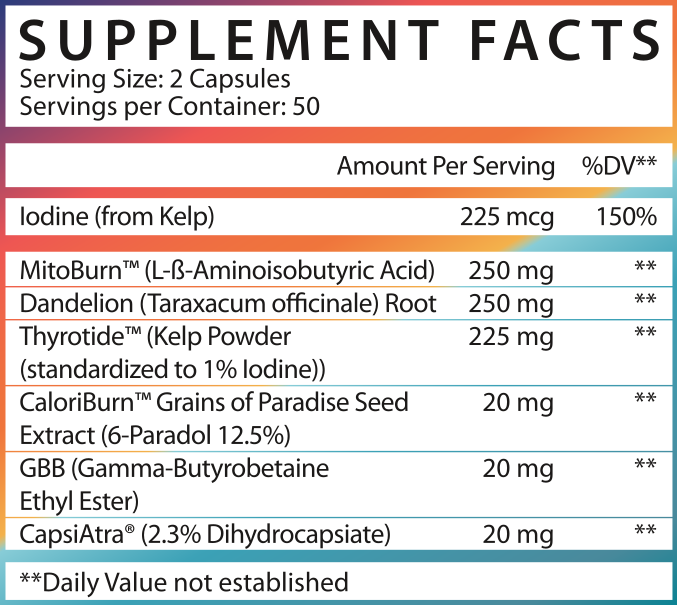

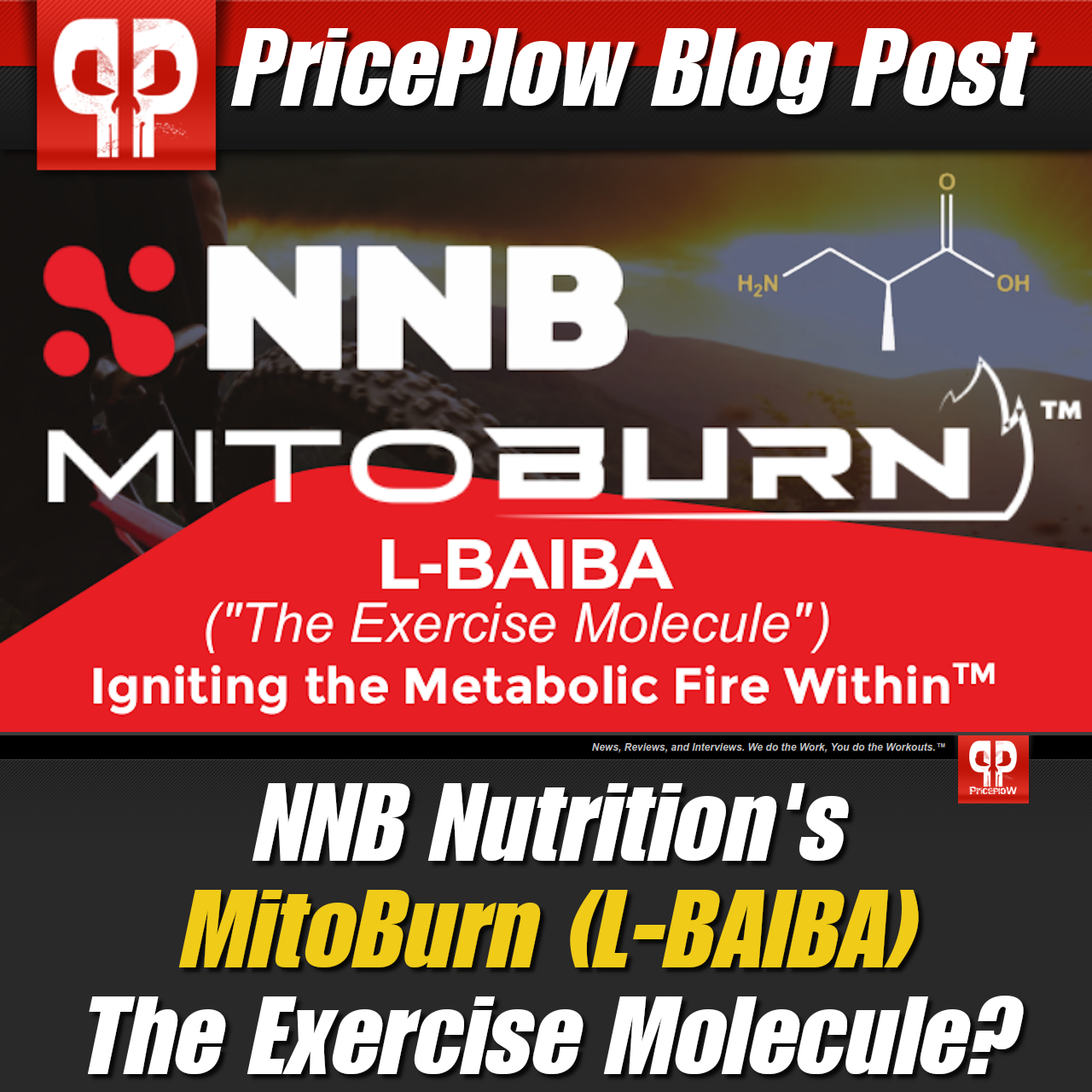
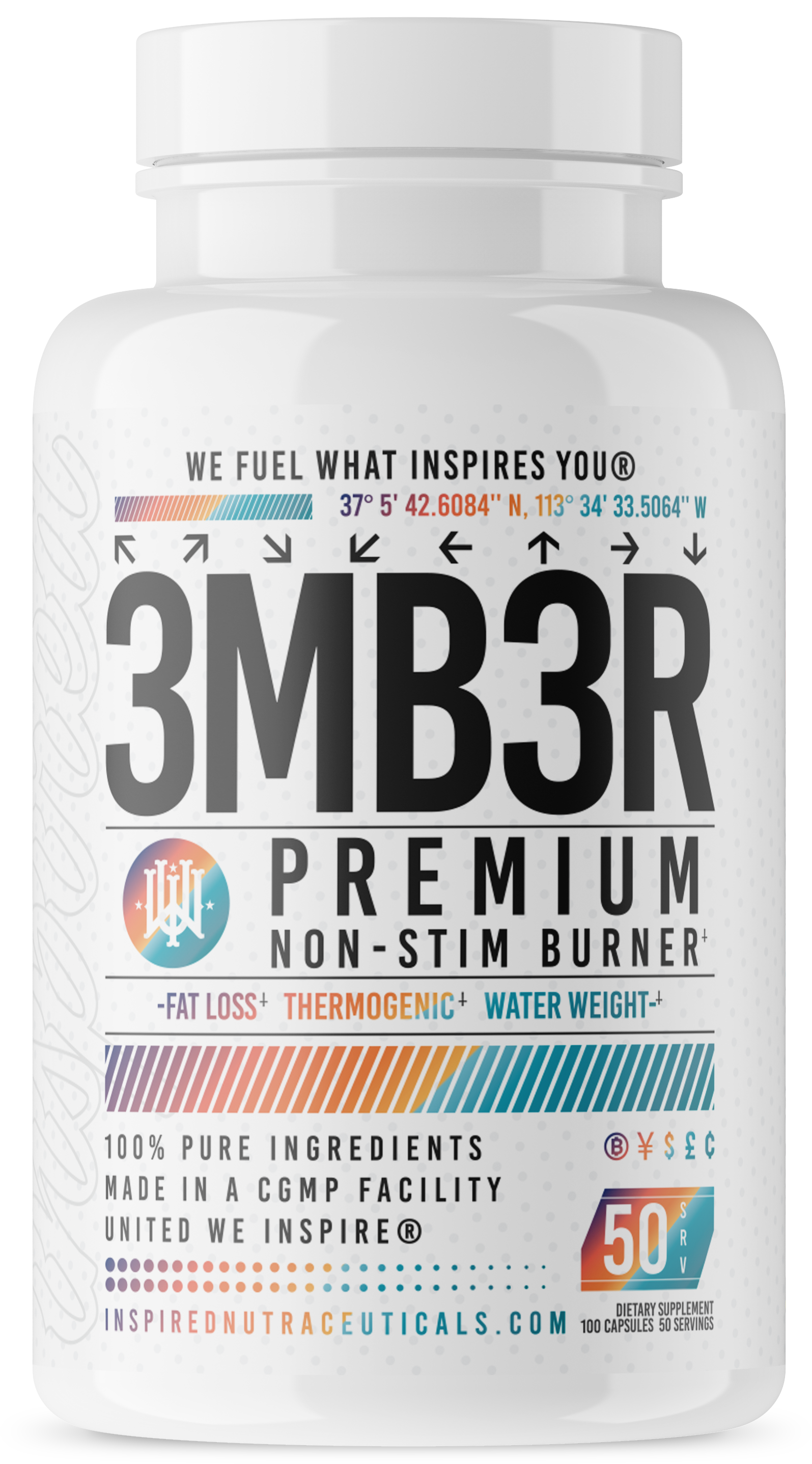
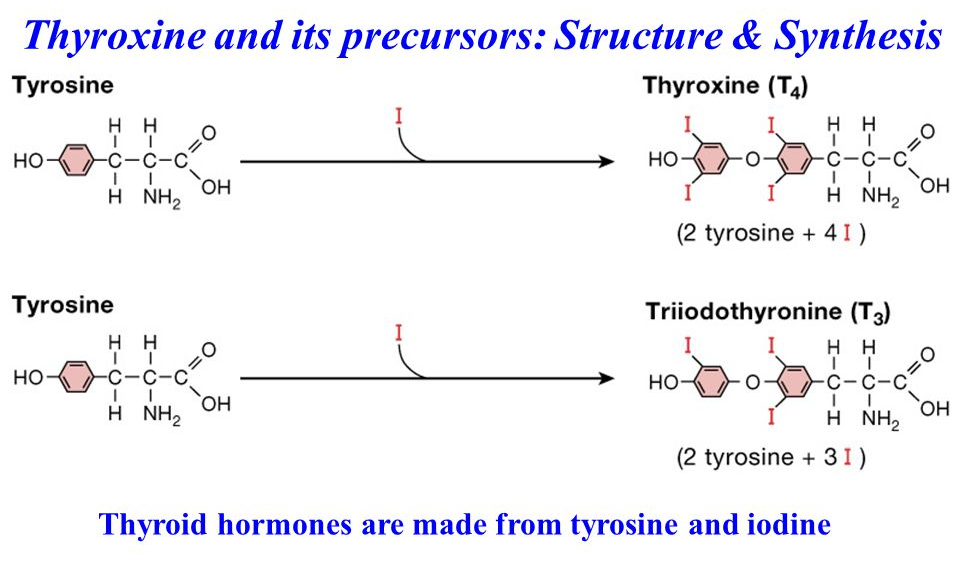
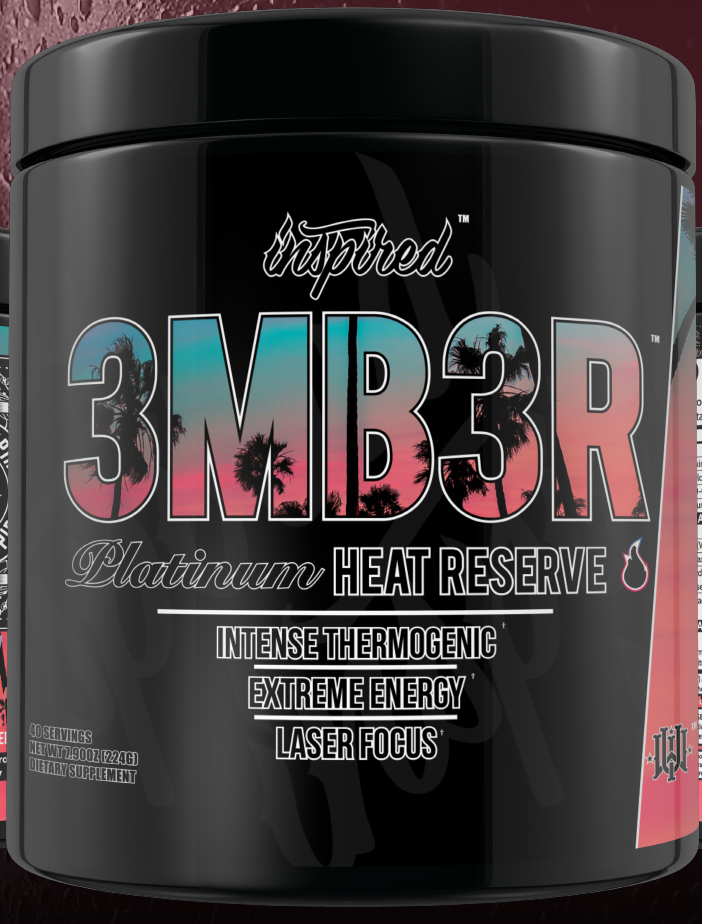
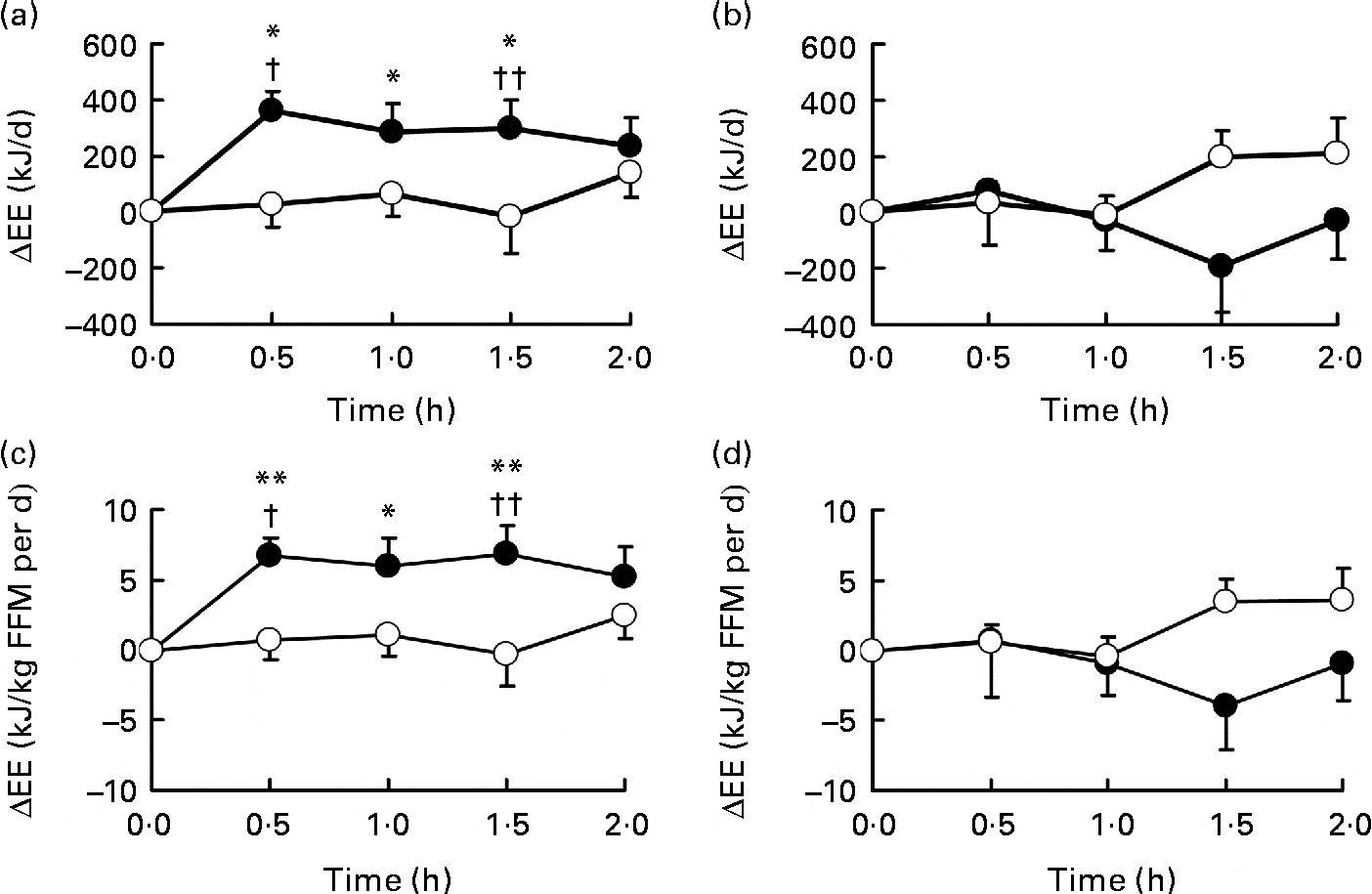


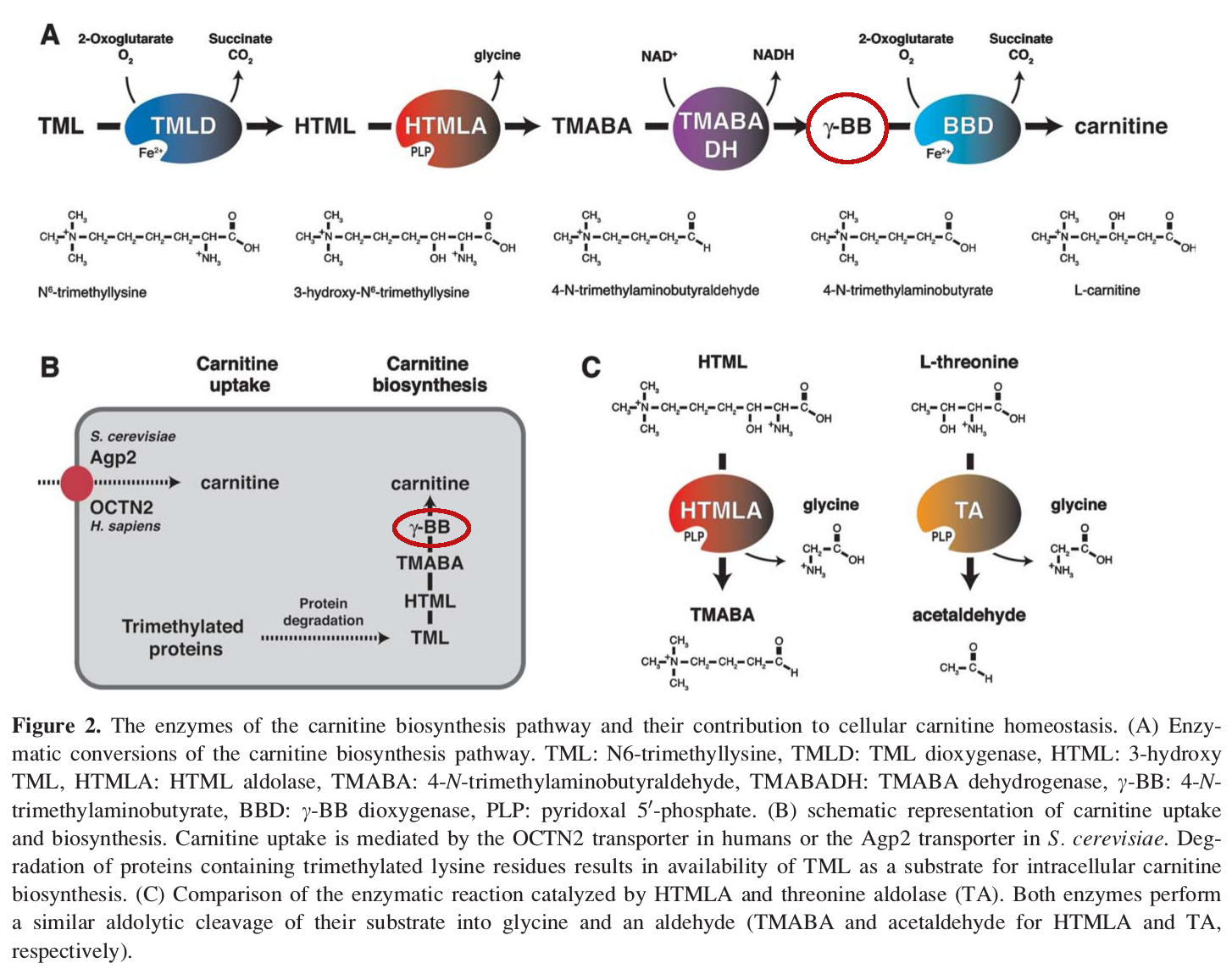
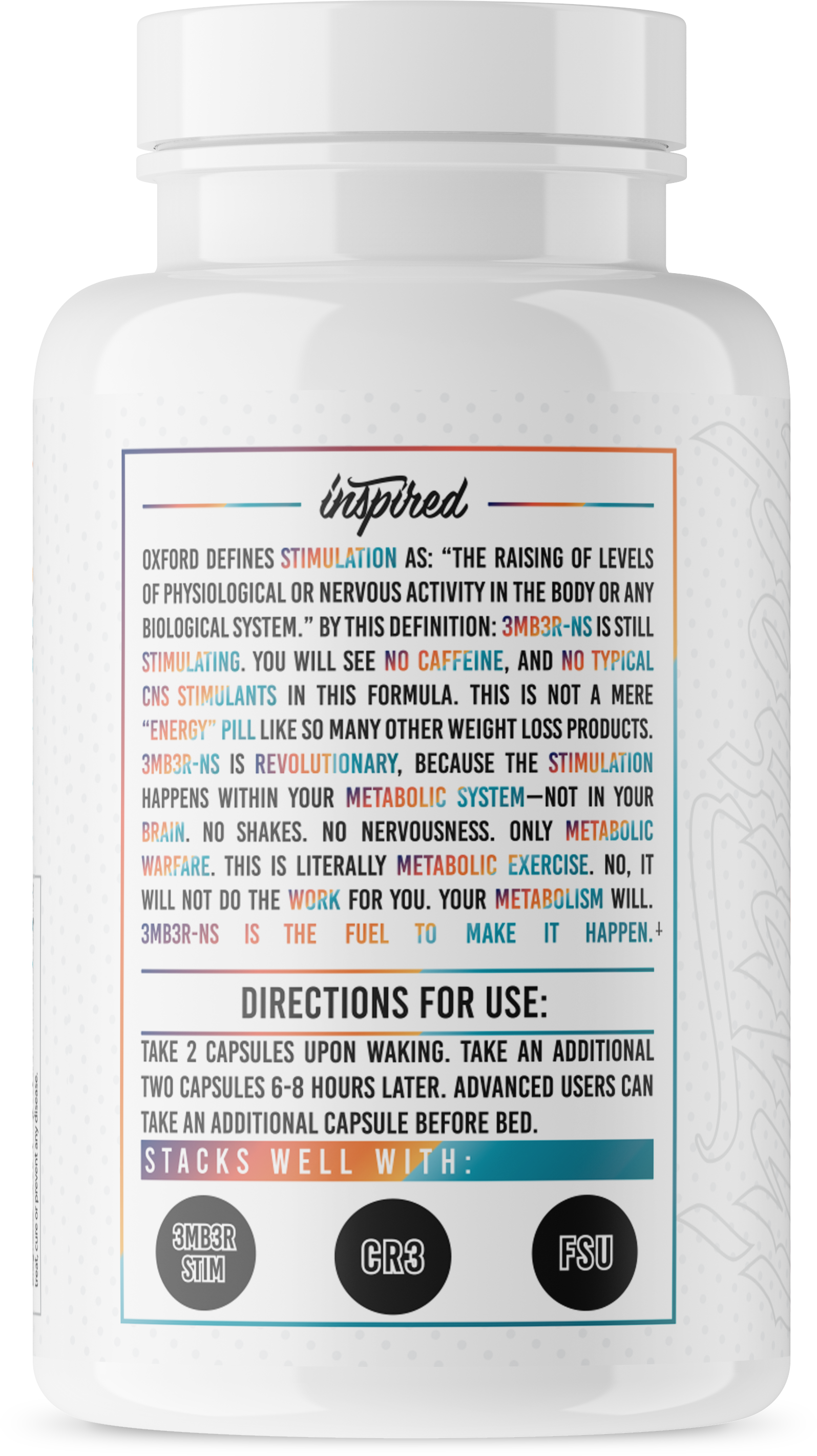


Comments and Discussion (Powered by the PricePlow Forum)